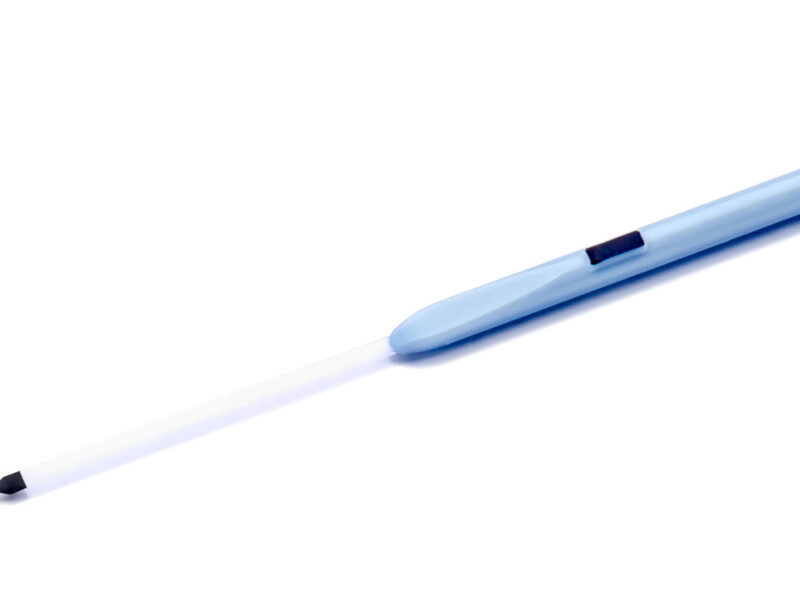Vitrification and Thawing Media
Kitazato vitrification media are the most versatile option for cryopreservation in your laboratory.
Increase your efficiency by using the same media for vitrification and warming of oocytes and embryos, in all their stages of development, from zygote stage to blastocyst.








 Download
Download









